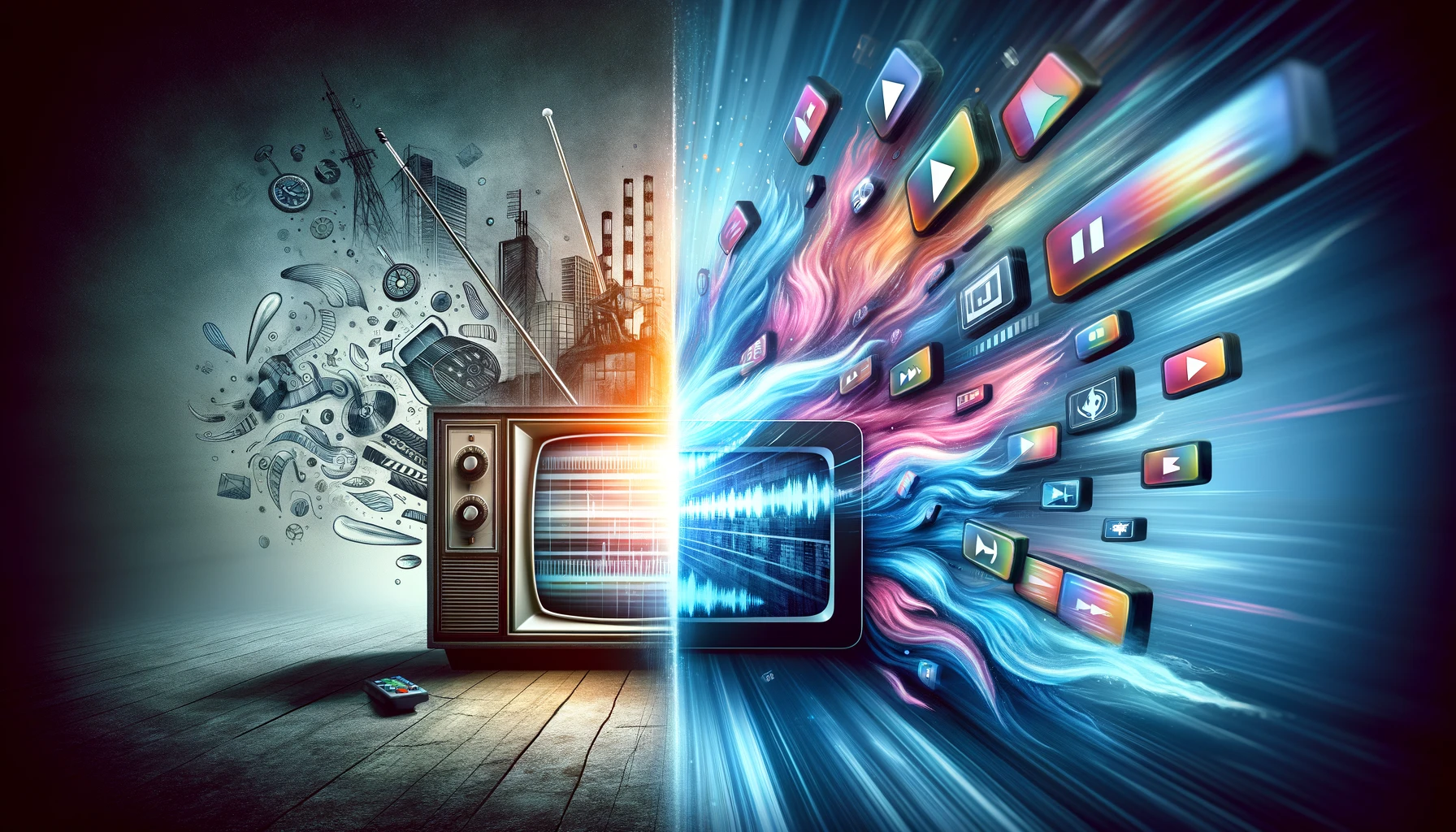Introduction: The Evolution of Television Viewing
Understanding Linear TV
Linear TV refers to the traditional method of television content delivery where programs are scheduled by the broadcaster and watched at their designated broadcast time. It’s the conventional TV experience where viewers tune in to their favorite channels and watch whatever is being shown at that time.
The Rise of Streaming Services
Streaming services like Netflix, Hulu, Amazon Prime Video, and Disney+ have revolutionized how we access and consume TV shows and movies. These platforms offer on-demand content, allowing viewers to watch their favorite programs anytime, anywhere, and on any device with an internet connection. The convenience, coupled with the absence of commercials, extensive libraries, and original content, has made streaming services incredibly popular.
Impact on Linear TV
The popularity of streaming has had a profound impact on linear TV. Ratings for traditional TV broadcasts have been declining as more people opt for the convenience and flexibility of on-demand content. Advertisers, too, are shifting their focus to digital platforms, attracted by the ability to target specific audiences and track their campaigns‘ effectiveness more accurately.
Changing Consumer Preferences
Today’s viewers prioritize choice, convenience, and control over their viewing experience. They prefer to binge-watch entire seasons of a show rather than wait for weekly episodes. Moreover, the global accessibility of streaming services means that viewers are no longer limited to content from their country but can enjoy shows and movies from all over the world.
The Response of Traditional Broadcasters
In response to these changes, many traditional broadcasters have launched their own streaming platforms or partnered with existing ones to distribute their content. They’re also investing in original content and exploring new formats to attract and retain viewers.
Is Linear TV Really Dying?
While the decline of linear TV seems inevitable, it’s not likely to disappear completely in the near future. Live events like sports, news, and reality TV still attract significant viewership on linear channels. Moreover, not everyone has access to high-speed internet or prefers the on-demand model.
Conclusion: The Future of Television
The television landscape is undoubtedly changing, with on-demand streaming becoming the dominant form of consumption. However, linear TV may still find a niche with live events and specific audience segments. The future will likely see a coexistence of various forms of content delivery, with viewers having more choices than ever before.
Summary
The shift from linear TV to streaming services reflects broader changes in consumer behavior and technological advancements. As we move forward, the industry will continue to evolve, offering diverse and flexible viewing options to cater to the global audience’s varied preferences.
Opinion
The transformation in television viewing habits is a testament to the dynamic nature of technology and culture. While nostalgia for the traditional TV model may linger, the benefits of streaming — from personalized content to convenience — align more closely with contemporary lifestyles. The industry must adapt to these changes, ensuring that creativity and quality content remain at the forefront of this evolution.










